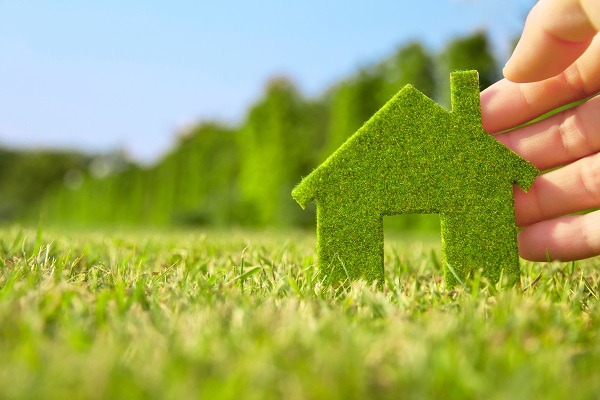Self-build properties have become increasingly popular in recent years. According to research, a third of adults are interested in building their own home, and another 9% said they were likely to in the future. There are numerous benefits to self-build projects, such as creating a design that meets your exact preferences and lifestyle needs.
Another top advantage is gaining more control over the sustainability of the home and building process. In the survey, 33% of respondents said living in a home with less environmental impact was a key benefit. Another 89% believed energy efficiency would be important to them if building a new home.
You can reduce the carbon footprint of your self-build project from the design and construction to the ongoing environmental effect of running the house. On top of this, eco-friendly homes can lower your utility bills and enhance comfort. Here are five ways to build your home sustainably.
1. Work with ethical companies
Most self-build projects involve hiring various construction firms, even if you’re conducting a lot of the work yourself. The company may supply materials, labour, or architectural designs.
Making an effort to collaborate with companies with strong environmental policies and credentials will hugely reduce your carbon footprint. Green companies are committed to recycling, reducing waste, minimising pollution, and lowering their energy and water consumption in-house and on-site.
Working with local companies will also minimise transport emissions.
2. Sustainable materials
Concrete is a commonly used building material but is extremely carbon-emitting, and to produce it requires a lot of energy and water.
Steel is a popular substance for providing superior strength and durability but also releases harmful emissions. To reduce its carbon impact, opt for recycled steel instead.
If you’re applying cladding to your home, which provides a protective layer to the property’s structure, consider using timber. This material absorbs carbon rather than releasing it into the atmosphere, has high thermal efficiency, breaks down naturally, and can be reused as biofuel.
To lower your environmental impact further, only use materials that suppliers have sourced sustainably. For example, to avoid contributing to deforestation, purchase wood-based materials from companies that harvested them from well-managed and certified forests.
The UK’s leading importer and distributor of bespoke and sustainable timber International Timber, ensure all their products are sourced legally and sustainably and aim for full Chain of Custody certified timber.
3. Home design
Before signing off on the architectural design, be certain you’re happy with it. Making last-minute changes during construction or renovating your home shortly after the build process is wasteful. To avoid this unnecessary outcome, conduct sufficient research and planning.
Try to design a reasonably smaller home, too, as it can require more energy to build and run a large property.
You could also use a biophilic design which reduces a property’s carbon footprint and regulates the temperature. This concept incorporates greenery and natural materials, such as stone and wood, and maximises daylight to connect you to the outdoors.
4. Construction techniques
There are numerous environmentally-friendly construction techniques to use in your self-build project, which you can discuss with an architect or engineer.
A fabric-first approach maximises the performance of the building’s external envelope to enhance energy efficiency. When choosing the fabric, consider its insulation quality, thermal mass, airtightness, and natural ventilation.
Also, boost solar gain with the build orientation, window positioning and window glazing.
Prefabricated construction entails assembling components of a structure in a controlled indoor environment and then transporting the sub-assemblies to the construction site for installation. This method produces less waste, reduces pollution, and controls energy usage.
5. Energy-efficiency
To minimise your home’s energy usage further, choose energy-efficient heating, ventilation, and air conditioning (HVAC) systems and appliances.Smart technology can also help reduce your energy consumption with automatic sensory systems and scheduled programmes to turn devices off when out of use. As well as this, intelligent heating controls can produce reports to identify wasteful energy habits and offer guidance on using your central heating more wisely.
Creating an eco-friendly home entails implementing green tactics into every aspect of your project so that it’s constructed sustainably and remains environmentally sound when occupied.

